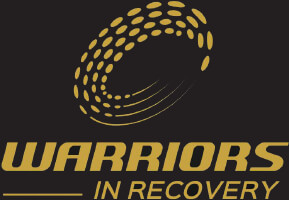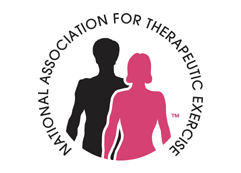
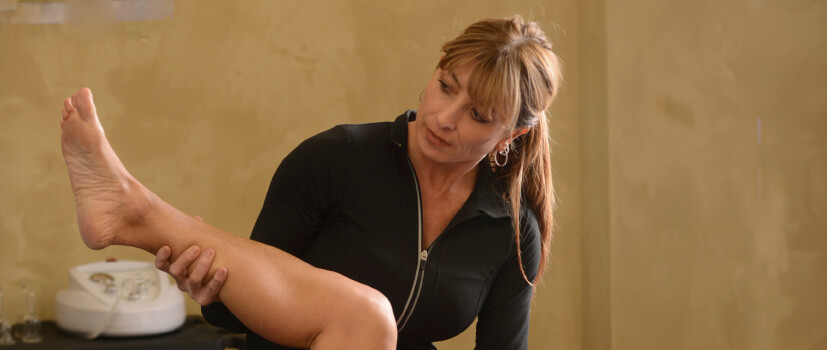
A message most people misunderstand.
I recognize the neuromuscular system’s role when it comes to pain
and understand neuromuscular dysfunction.



|
Stress, trauma, overuse and repetitive motions can alter muscle function efficiency. Reduced neuromuscular functionality can result in structural imbalances.
|

A 3D postural assessment can make all the difference for human performance, well being, health and productivity of any athlete or patient. Being analyzed in frontal, sagittal and transverse planes of movement enable me to correct range of issues, including neck, shoulder, back pain and beyond.
|
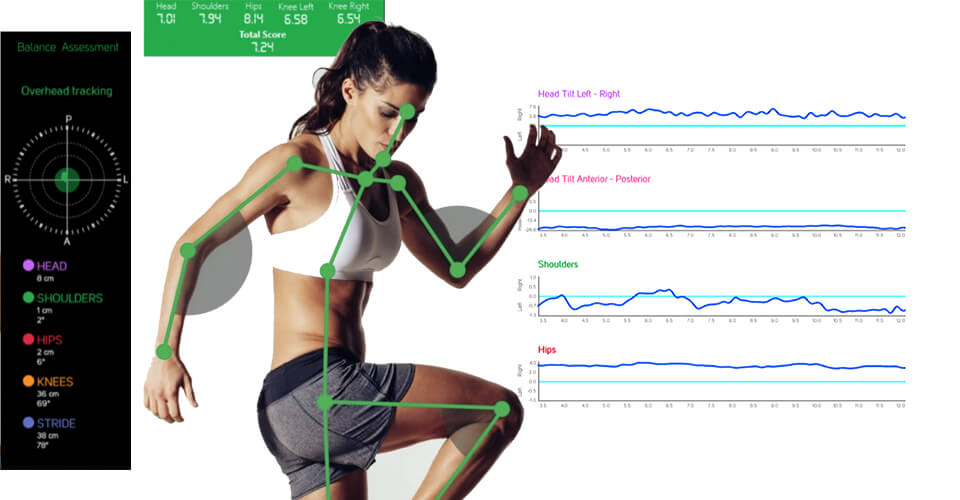
|
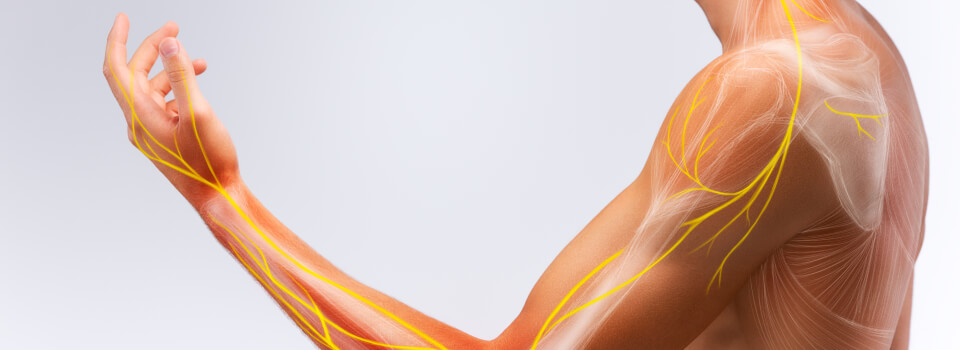

|
This in-depth anatomical team approach to body structural integration ensures that you are progressing toward improved health and better performance.
|

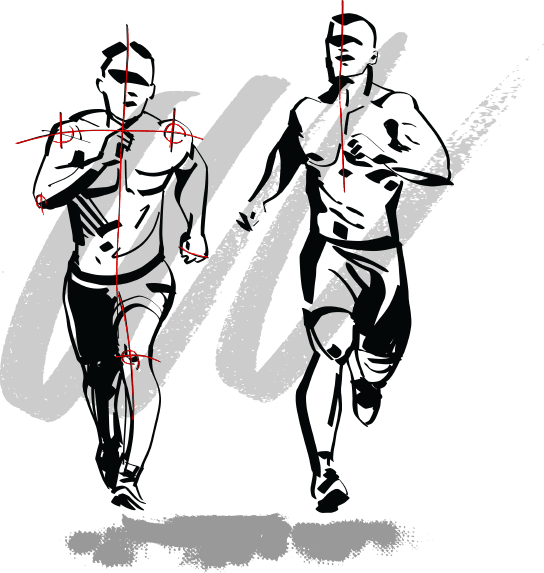


|
|
• Improve Biomechanics, Symmetry & Form
• Stabilize Joints & Improve Range of Motion
• Increase Muscle Strength, Power & Endurance
• Reduce Pain, Adhesions & Injuries
• Accelerate Recovery Times & Healing
• Maximize Overall Athletic Performance
|
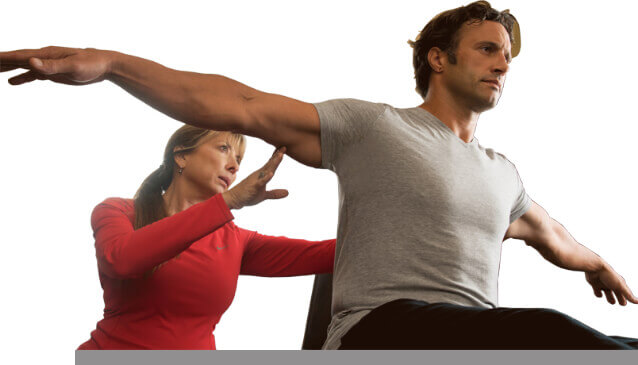
The Search for Clues
No part of the body moves independently. Rather than stretching out your restricted and tight areas, I assess why resistance is present.
|

|
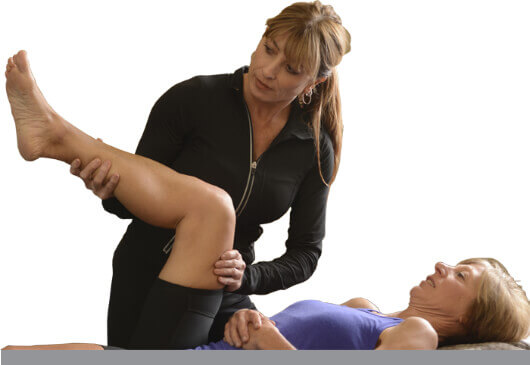
|
Working out the Kinks
The focus is on discovering where your body is hiding imbalances and then to individualize therapy to help you tap into your hidden strength and stability.
|

Get Back (and Stay) In The Game
Unfortunately, pain and injury are often a common part of life and sport. Depending on the individual, regular treatments may be a part of maintaining your advantage.
|

|
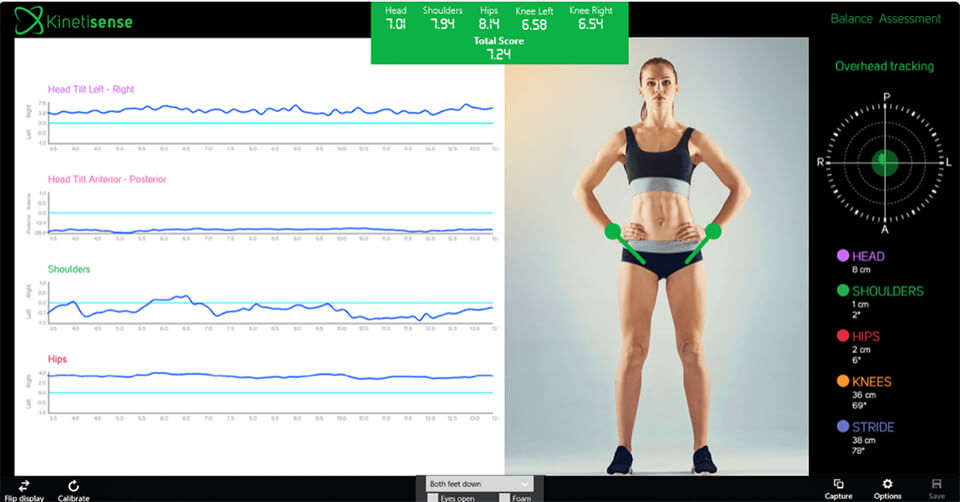 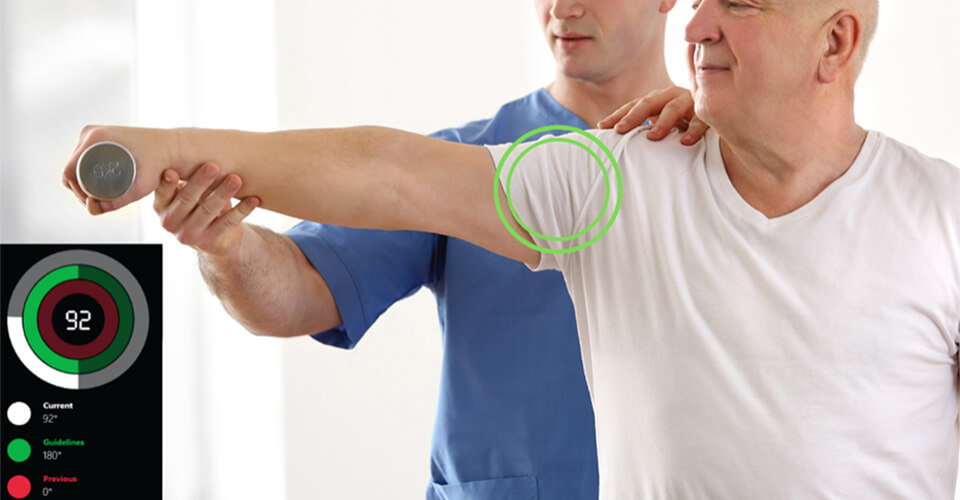  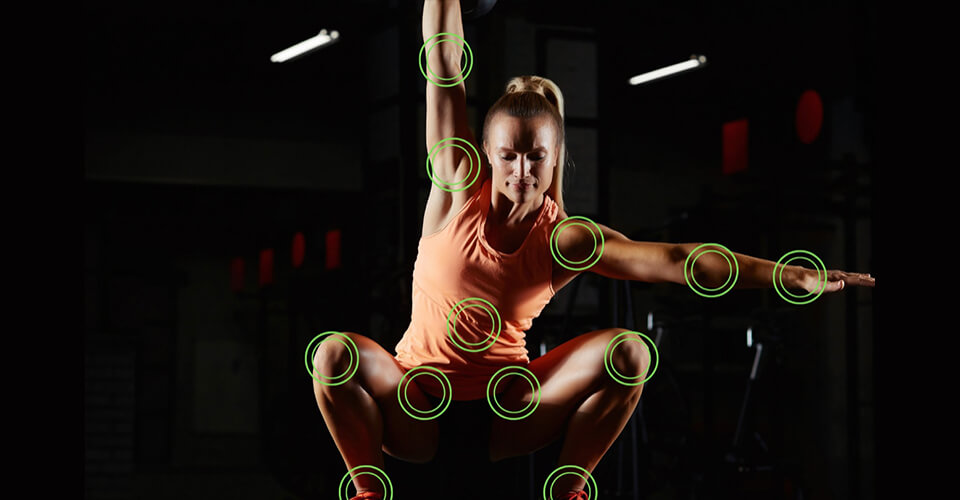 |
3D Movement Assessment Biofeedback:
Every human body is unique, and each individual has their own mobility and stability capabilities. A comprehensive look at how your whole body moves provides valuable insight into performance and injury prevention. Analyzing 3D movement in real time and through recorded video offers valuable insight and understanding of functional movement, purpose, and effectiveness of therapy treatment.
Assess, Correct, and Re-Assess
With the use of 3D Functional Movement Assessment data throughout your treatment pathway, your therapy and exercise is taylored to your individual needs. Real time biofeedback is applied frequently as part of your normal therapy sessions. This continuum of unbiased data closes the gap from treating only the symptoms of your injury, to addressing the actual causes of your injury/compensations.
Who is 3D Movement Assessment Biomechanical for?
A complete 3D Biomechanical Assessment may suit those planning to increase their exercise levels, training for an event, pre/post-season sports period, or returning from injury goals. Comprehensive biofeedback is great for injury prevention; identifying both strengths and weaknesses in your movements, as well as helping if you have a history of recurrent injuries.
|

Dianne will explain exactly what she intends to do and her plan to get results. She takes a keen interest in my progress with consistent follow up. I would recommend her to anyone.
I have played college and professional tennis and have taught at The Domninion Country for over 25 years. In my career I have suffered the typical injuries common to my sport. I have been to many therapists over the years and have not enjoyed the results Dianne Rockefeller has achived. Specifically, my elbow and shoulder. After 3 or 4 sessions I was able to hit tennis balls again with the energy and aggressiveness needed to teach and compete. Dianne will explain exactly what she intends to do and her plan to get results. She takes a keen interest in my progress with consistent follow up. I would recommend her to anyone.
— Barry Mills - Director of Tennis
Click to read more ...
Click to read less ...
After the first session with Dianne, I was blown away. I have never felt my body they way I did after one treatment. We achieved maximum flexibility and mobility which helped me to hit the golf ball further and more consistently which is key in this game.
As an athlete, it is the most important thing to take care of your body day in and day out. I have been consistently searching for ways to maintain my body healthy as efficient as possible. I have heard of alternative techniques, however I didn't know what to expect. After the first session with Dianne, I was blown away. I have never felt my body they way I did after one treatment. We achieved maximum flexibility and mobility which helped me to hit the golf ball further and more consistently which is key in this game. Morever, I have been able to feel less tired after practice and get the best sleep of my life.
Dianne's knowledge about the body and it's connection to the brain is outrageous and very rare. I love working with her and I can recommend her to every human being.
— Ali Khazanbeik - World Amateur Golfer
Click to read more ...
Click to read less ...
After the NFL it was hard finding a quality massage therpaist that could handle my degenerative ailments. Now I have Dianne who is a very passionate therapist that loves what she does. She is an expert on biomechanics and has done a great job helping me prevent injury and recover from the painful setbacks of sports.
As a former pro athlete I have always appreciated the many benefits of getting a massage. I'm a big fan of deep tissue massage because it really gets out the tension and knots in my body, improves my performance as an athlete, and shortens recovery. After the NFL it was hard finding a quality massage therpaist that could handle my degenerative ailments. Now I have Dianne who is a very passionate therapist that loves what she does. She is an expert on biomechanics and has done a great job helping me prevent injury and recover from the painful setbacks of sports. I highly recommend her services to anyone!
— Lenny Walls - Former NFL Player
Click to read more ...
Click to read less ...
The amount of improvement that Dianne is able to make throughout my body through her extensive knowledge of therapy techniques and isometrics is unmatched.
The amount of improvement that Dianne is able to make throughout my body through her extensive knowledge of therapy techniques and isometrics is unmatched. She was able to improve my deep squat by over 15 degrees in just one session, and with the post session isometric exercises she gave me to do in between sessions, my result were able to stick and I'm moving better than ever.
— Hunter Gathright - TPI Level 3 & Golfer
Click to read more ...
Click to read less ...
Dianne's profound knowledge of biomechanics allows her to easily correct body imbalances by targeting specific muscles in specific positions. With her help, I have improved every aspect of my active lifestyle ranging from having a better awareness of my body, a more balanced golf swing, and increased strength during weight lifting.
I am a busy chef that loves a healthy and active lifestyle. My body is often under stress due to the long hours on my feet compounded by weightlifting sessions. Before I met Dianne, I had searched everywhere for a good sports performance therapist. Initially, Dianne helped me with the pain in my lower back. Since that time, I have kept working with Dianne to improve my performance in sports as well as overall well being. We have been working on correcting muscle activation and movement patterns to improve muscle energy conversion. Dianne's profound knowledge of biomechanics allows her to easily correct body imbalances by targeting specific muscles in specific positions. With her help, I have improved every aspect of my active lifestyle ranging from having a better awareness of my body, a more balanced golf swing, and increased strength during weight lifting.
— Luca Della Casa - Executive Chef @ Nosh & Silo
Click to read more ...
Click to read less ...
Dianne's results have made a night & day difference -- it is incredible to be pain free for the first time in many years! During my treatments/sessions with Dianne, she has taken the time to fully explain the process of her treatment(s) and why. I highly recommend Dianne for your physical therapy needs!
I have been to see several therapists over the past two years, but the results have been disappointing. Unlike other therapists that have only attempted to treat the symptoms of my pain from Crossfit workouts & competitions, Dianne was able to pinpoint the source of pain, treat it & resolve the issue.
Dianne's results have made a night & day difference -- it is incredible to be pain free for the first time in many years! During my treatments/sessions with Dianne, she has taken the time to fully explain the process of her treatment(s) and why. I highly recommend Dianne for your physical therapy needs! — Tonio Cianci - National Cross Fit Competitor
Click to read more ...
Click to read less ...
Her intuition and her passion for rehabilitative and injury prevention is second to none. She is constantly keeping up-to-date with the latest research and education to better the outcome for her patients.
I've worked with Dianne as a colleague in this field and she is one of the best therapists out there. Her intuition and her passion for rehabilitative and injury prevention is second to none. She is constantly keeping up-to-date with the latest research and education to better the outcome for her patients. Anytime there is a request for me to give a referral to a therapist to work with elite athletes in the San Antonio area, I send them to Dianne.
— Michele Reed - Radiologic Technologist, LMT
Click to read more ...
Click to read less ...
Dianne told me she could fix me and I was of course very skeptical. I have never gone more than a day without back pain. Dianne actually, no BS, fixed me. It’s incredible!
Dianne told me she could fix me and I was of course very skeptical. After all, I have suffered from back pain for over 20 years, during which time I have seen countless therapists including osteopaths, chiropractors, physiotherapists, pretty much everyone you can imagine. Generally anything helps a little but that is all. Just a little. No fix. I assumed my problem was purely skeletal and disc related as all my X rays and MRI’s suggest and not curable. I had my first session with Dianne two weeks ago and I have been pain free since our session. I have never gone more than a day without back pain. Dianne actually, no BS, fixed me. It’s incredible! The best two therapists I have seen (the best osteopath in London and a 60 year veteran Thai massage master in Thailand) treated me holistically by working on irregularities in my entire body biomechanics and not just clicking and or manipulating a specific area. In other words they looked at all of my entire muscular and nervous system across my body and worked out what was wrong and worked these areas which in turn alleviated my back problems. Dianne did exactly the same thing but unbelievably took it to the next level. She worked on me for an extended period of time and did not give up until she was satisfied all parts of my body was working in harmony with each other. I stood up and my back instantly felt better but more miraculously was the next day and every day since I have not felt a single tinge of back pain. OMG!
Essentially Dianne analyses your entire body’s nervous and muscular system and very accurately works out where issues are. She picked up on shoulder, knee and ankle injuries before I even mentioned them. She then applied the right level of pressure, the right way in exactly the right spot to free up areas where nerves and muscles are not working together as they should. During the treatment I felt movement and flexibility improving. Before the treatment I had one side of my pelvis standing higher than the other. After the treatment, this was corrected, as validated by my personal trainer at the gym over a week after the treatment. He couldn’t believe it. Dianne has not only mastered her craft but I think she must also have a sixth sense as I cannot believe what a life changing difference just one session has made on me. — Steve Pegler - Head of Sales Enablement EMEA, Sophos Cybersecurity
Click to read more ...
Click to read less ...
The results I get after each session are impressive. I walk away feeling completely balanced. I am able to lift equipment, climb ladders, and work in tight spaces with ease. Dianne is very systematic and thorough her therapy approach.
I work for an air conditioning company that has me both in the office and in the field. I periodically see Dianne for a tune-up when I start to notice a decrease in range of motion or a change in posture. The results I get after each session are impressive. I walk away feeling completely balanced. I am able to lift equipment, climb ladders, and work in tight spaces with ease. Dianne is very systematic and thorough her therapy approach. She also does an excellent job explaining why issues are present and how she plans to address them. I highly encourage anyone with joint pain or muscle tightness issues to see her.
— Rich Foster
Click to read more ...
Click to read less ...
I walked into Dianne Rockefeller’s therapy studio with a broken body. With her skill, knowledge and determination she is giving me a healed and functioning body back. I am grateful and thrilled.
I walked into Dianne Rockefeller’s therapy studio with a broken body. With her skill, knowledge and determination she is giving me a healed and functioning body back. I am grateful and thrilled.
— Judy Addington
Click to read more ...
Click to read less ...
|

|

We often think of movement as purely a physical endeavor, dictated by muscles and bones responding to signals from the brain. But what if I told you that the bustling community of microbes in your gut and the intricate network of fascia play a significant, often overlooked, role in how well you move and feel? Buckle up, because we're about to explore the fascinating and interconnected world of the "gut-brain axis" and its surprising influence on your physical capabilities.
The Gut-Brain Axis: More Than Just a Feeling
You've probably experienced a "gut feeling" or felt nervous butterflies in your stomach. This isn't just a coincidence. Scientists have discovered a complex two-way communication system between your digestive tract and your brain, aptly named the gut-brain axis. This intricate network involves direct neural pathways (like the vagus nerve), the immune system, and the production of various signaling molecules.
One of the key players in this communication is the gut microbiome – the trillions of bacteria, fungi, viruses, and other microorganisms that reside in your intestines. This diverse community isn't just passively living there; they actively interact with our bodies, influencing everything from digestion and immunity to mood and even brain function.
Research is increasingly highlighting the profound impact of the gut microbiome on the brain. These tiny inhabitants produce a vast array of neurochemicals, including neurotransmitters like serotonin (often associated with feelings of well-being) and GABA (a calming neurotransmitter), which can travel to the brain and influence its activity. They also play a crucial role in regulating inflammation, which, when chronic, can negatively impact both the brain and the body.
Fascia: The Unsung Messenger in the Gut-Brain Dialogue
Now, where does fascia fit into this picture? Remember fascia, the body's continuous web of connective tissue? It's not just about muscles and movement. Fascia also intimately surrounds and supports our internal organs, including the digestive system. This creates a physical link between our musculoskeletal system and our gut.
Think of your intestines nestled within layers of fascia. Tension or inflammation in the gut can directly impact the surrounding fascial tissues, leading to tightness and restrictions in the torso. Conversely, postural imbalances or restrictions in the fascia of the abdomen and back can put pressure on the digestive organs, potentially affecting their function and the delicate balance of the gut microbiome.
Emerging research suggests that the fascial network acts as another communication pathway in the gut-brain axis.The rich network of sensory nerves within fascia can detect changes in the gut environment, such as inflammation or distension, and relay this information to the nervous system. This feedback loop can influence our perception of pain, stiffness, and even our overall sense of well-being, which can indirectly impact our motivation and ability to move.
How Your Gut Talks to Your Muscles (and Vice Versa)
So, how does this gut-brain-fascia connection influence our movement? Imagine a scenario where your gut microbiome is imbalanced – perhaps due to a poor diet or stress. This imbalance can lead to increased inflammation in the gut lining. This inflammation can then:
- Impact Fascia: The inflammation can irritate the surrounding fascia, causing it to become tighter and less pliable in the abdominal region. This restriction can limit torso rotation, hip mobility, and even affect breathing patterns.
- Influence the Nervous System: The gut sends signals of discomfort and inflammation up the gut-brain axis. This can lead to a generalized feeling of sluggishness, fatigue, and even pain signals that might manifest in areas seemingly unrelated to the gut, like the lower back or hips.
- Alter Muscle Function: Chronic inflammation and pain signals can inhibit muscle activation and coordination. Your body might subconsciously limit movement to avoid triggering further discomfort.
Conversely, poor posture and restricted movement can also negatively impact the gut. Slouching, for example, can compress the abdominal organs, potentially hindering digestion and blood flow, which can, in turn, affect the gut microbiome.
The Basal Ganglia: The Brain's Movement Maestro and the Gut's Influence
Now, let's bring in another crucial player: the basal ganglia. These are a group of brain structures deep within the cerebrum that play a vital role in motor control, learning new movements, and regulating movement initiation, speed, and fluidity.
The basal ganglia don't operate in isolation. They receive input from various parts of the brain and are highly sensitive to neurochemical signals. Research indicates that the gut-brain axis can influence the function of the basal ganglia. The neurotransmitters produced in the gut, as well as inflammatory signals, can impact the delicate balance of neurochemicals within the basal ganglia, potentially affecting motor control and coordination.
Healthy brain function, including optimal basal ganglia activity, is essential for smooth, efficient, and purposeful movement. When the gut-brain axis is disrupted, it can indirectly affect the basal ganglia, leading to:
- Impaired Motor Coordination: Difficulty with fine motor skills or feeling clumsy.
- Reduced Movement Efficiency: Movements might feel stiff, jerky, or require more effort.
- Lowered Motivation to Move: Feelings of fatigue and discomfort can decrease the desire to be physically active.
You Are What You Eat (and How You Move): The Nutritional Link
This brings us to the critical role of nutrition. What we eat directly fuels our gut microbiome. A diet high in processed foods, sugar, and unhealthy fats can promote the growth of less beneficial bacteria, leading to dysbiosis (an imbalance in the gut microbiome), increased inflammation, and a compromised gut barrier.
Conversely, a diet rich in fiber, fruits, vegetables, and fermented foods can support a diverse and healthy gut microbiome. This, in turn, can positively influence the gut-brain axis, potentially leading to:
- Reduced Inflammation: A balanced gut microbiome helps regulate inflammation throughout the body, including the fascia and the brain.
- Improved Neurotransmitter Production: Healthy gut bacteria contribute to the production of neurotransmitters that support mood, motivation, and potentially, optimal brain function for movement.
- Enhanced Energy Levels: A well-nourished gut can improve nutrient absorption, leading to more sustained energy for physical activity.
Think of it this way: If you're constantly feeding your gut "junk food," the signals it sends to your brain and the impact on your fascial system are likely to be negative, hindering your ability to move well and feel energetic. On the other hand, nourishing your gut with wholesome foods can create a positive feedback loop, supporting both your mental and physical well-being and allowing for more fluid and enjoyable movement.
The Takeaway: Listen to Your Gut (and Your Fascia) for Better Movement
The connection between your gut, brain, fascia, and movement is a powerful reminder that our bodies are interconnected systems. Paying attention to your gut health through a balanced diet, managing stress, and engaging in regular, mindful movement can have a profound impact on your overall physical capabilities and well-being.
While the research in this area is still evolving, the evidence strongly suggests that nurturing your inner ecosystem and understanding the role of fascia can unlock a deeper understanding of how your body moves, feels, and functions. So, listen to your gut, move with intention, and nourish your body from the inside out – your body movement will thank you for it!
A good rule of thumb is...if you can't pronounce it easily, chances are your body can't digest it very easily either. I will save that discussion for another day :D
... read more
Simply stretching tight muscles or avoiding something that triggers pain, running less, purchasing new shoes or modifying exercises will certainly decrease your discomfort, but the imbalances will remain until properly corrected. Movement causing pain must be identified, corrected and retrained.
I can help identify whether or not your sport, fitness program, weight training or activity is pushing you toward better health and improved performance or toward injury, inflammation and decreased performance.”
|
Contact us
|

